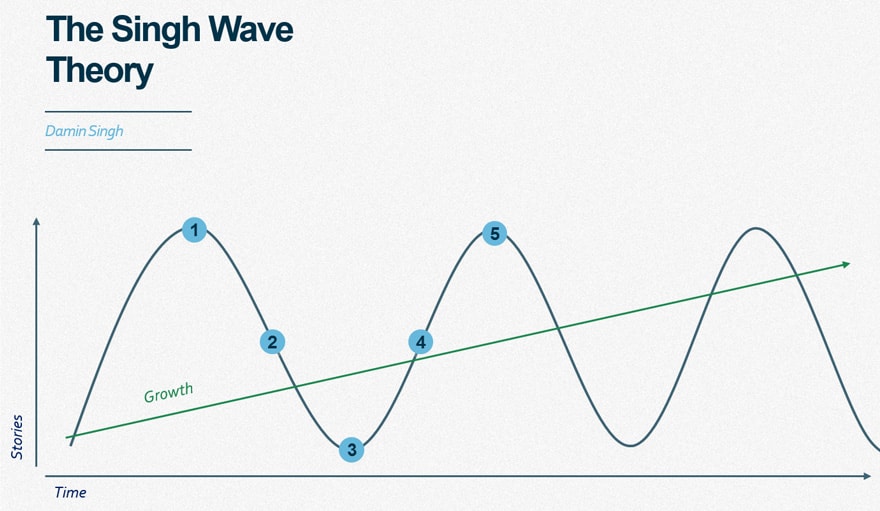Carbohydrates 101
Now that my runs are becoming longer and longer. I started wondering what I needed to do with regards to nutrition. That is where carbohydrates (carbs) started to pop up. Of course, I know what carbs are, but what do they mean when related to going on long runs. In this post, I will explore our carbohydrates stores, what to eat/drink during runs, and what to eat beforehand.
Carbohydrates 101
Carbohydrates are the primary source of energy for the body. There are fast and slow types of carbohydrates, depending on the speed which they are absorbed by the body. Some sources of carbs are oats flour, soy, and rice. In Queal about half the energy comes from carbs, both fast and slow.
Fast and Slow
The distinction between fast and slow carbs is something that I only heard of, but never looked into before. Luckily I did already know about the Glycemic Index (GI), this states how fast carbs are processed in the body. Carbohydrates are all chains of simple sugars. Your body breaks these chains down to individual sugars to process them. The more complex these chains, the lower the GI and the ‘better’ the carbs are.
A simple rule of thumb is that when a nutrient is high in fibre and nutrients it’s a slow carb, when processed and low in fibre and nutrients a fast carb. Glucose (sugar) has a GI of 100. Everything that is below 55 is slow, below 69 is medium and above 70 is high. Examples of slow carbs are steel cut oatmeal (in Queal), whole wheat, most fruits, nuts, seeds, beef, chicken, eggs. Examples of fast carbs are white bread, instant oatmeal, pretzels, popcorn, cornflakes and white rice.
Storing Carbs
So what types of carbs do you need as a runner? Both. In the days before your run, you will make sure that your body has enough slow carbs that it can store. And during the last 18 hours before your run, you will stack up on fast carbs that will also release when you need them. During a marathon, it’s also advised to drink/eat only fast carbs, so that they may be released immediately.
In your body, you can store about 400g of glycogen in your muscles and about 100g in your liver. In total, this equals about 2000 kcal in energy. For me, this is about 21km (or halfway there) worth of energy. If you run out of glycogen your body will resort to using fat as an energy source and in only very extreme circumstances protein. The problem with this is that fats are about 15% less effective (more difficult to convert to usable energy) and therefore you will slow down.
With training for a marathon, you want to do two things. The first is to increase your store of glycogen. This can through training. If you are more fit you will be able to store more glycogen. In the days before the race, you should then of course also eat a lot of slow carbs to fill this space. Depleting your body of glycogen (e.g. going into ketosis) about 7-4 days before the race hasn’t shown to be beneficial to your glycogen storage capacity. The second is to become used to running on fat. This means that you can do a slow, but moderately long distance, run on an empty stomach. This way your body is already a bit familiar with running on fat.
During the Run
The big race day is there. You’ve eaten a lot of carbs and now you want to make the most out of the race. But what if you want to extend the carbs some more, could you eat during running? That is what I tested today, and yes it’s very much possible. I ate a bite of a bar at every 5km and although I felt my liver a bit, it was great for my energy levels. Eating during a run has two benefits, one being more energy, the other of replenishing your electrolytes.
Electrolytes? Yes, I also didn’t really know what this meant. It a name for all the minerals in your blood (and other bodily fluids) that carry a charge. You lose electrolytes when you sweat. Common types of electrolytes are sodium, potassium, calcium and magnesium. The common sports-water drinks contain all the necessary electrolytes and also have some carbs in there. If you drink these you may prevent these things that are related to imbalances in your electrolytes: muscle cramps, stomach cramps, side stitches and fatigue(1).
During the run, you can also eat solid foods and gels. Your body will be able to take in about 100 kcal every 45 minutes, try and eat about this much and nothing more. You can think of cliff bars, energy bars and even things like dates. Another option is gels, they have the perfect amount of carbs per bag (100 kcal) and I will try some in the next week.

